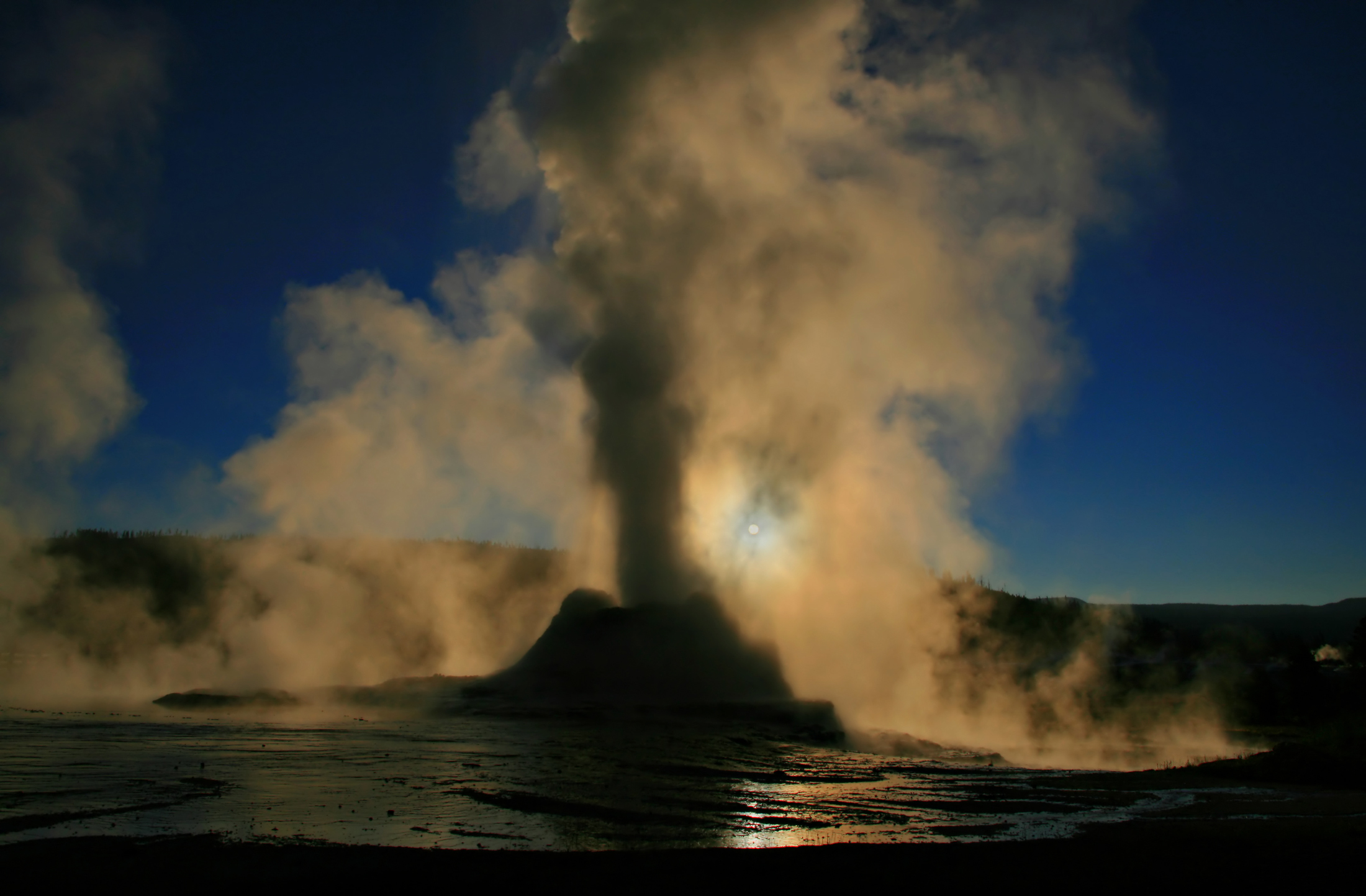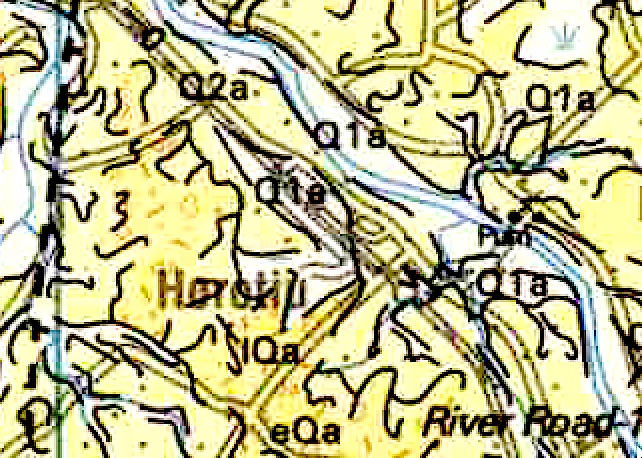|
NZR FA Class
The NZR FA class was a class of tank steam locomotives that was built as a larger version of the NZR F class 0-6-0T. The requirements were for larger water and coal capacity on a locomotive that could handle grades better than the F class. Due to costs involved in producing new machines, NZR chose to rebuild existing machines with larger coal and water capacity, larger boiler and firebox, higher boiler pressure and larger diameter pistons. Seven F class engines were rebuilt between 1892 and 1897. Another seven were built new, one at Newmarket Workshops in 1896 and six at Addington Workshops in 1902–03. Improvements Due to longer distances being travelled, it became clear that the standard F class were unable to cope due to their limited coal and water capacity. The first twelve locomotives rebuilt to class FA between 1892 and 1895 were designed to overcome this problem. The locomotives were re-equipped with Walschaerts valve motion, new side tanks and cabs, and a larger boiler ... [...More Info...] [...Related Items...] OR: [Wikipedia] [Google] [Baidu] |
NZR G Class (1874)
The NZR G Class was a class of four saddle tank locomotives from English builders Black Hawthorn in the early 1870s. Like the similarly sized D class, they were an attempt to produce a passenger version of the already highly successful F class. Origin and design The G class was ordered by the Canterbury Provincial Council. They were derived from the F class, replacing the first of the three driving axles with a four-wheel bogie. It was hoped that the reduced rigid wheelbase would allow the locomotive to provide higher speed passenger services. The type suffered from lack of weight on the driving axles, a driver stating that "it took the 'G' all its time to push its front bogie along, let alone pull a load". They were followed by the L Class which were a more successful attempt to produce a faster F Class. Service In the early 1890s the locomotives were progressively transferred to the Picton section, where it was felt that they had been relegated to get rid of them from th ... [...More Info...] [...Related Items...] OR: [Wikipedia] [Google] [Baidu] |
NZR LA Class
The NZR LA class was a class of steam locomotives used by the New Zealand Railways Department and the New Zealand Midland Railway Company. They were built by Nasmyth, Wilson and Company in 1887 for New Zealand Midland Railway Company, and were taken over by NZR in 1900, when the government acquired the incomplete Midland line. The designation also applies to the NZR rebuilds of the Avonside L class of 1875 which were later reclassified LB after being rebuilt as s. Midland LA class The New Zealand Midland Railway Company ordered five locomotives from Nasmyth Wilson in 1887 for use on their planned railway between Nelson, Greymouth and Christchurch. These locomotives were built to a standard Nasmyth Wilson design for export, and had double-skinned cab roofs for work in tropical climates. The first three locomotives were named ''Reefton'', ''Christchurch'' and ''Nelson'' on entry into service; the other two locomotives never carried names. The locomotives, numbered as NZMRC NO ... [...More Info...] [...Related Items...] OR: [Wikipedia] [Google] [Baidu] |
0-6-2T
T, or t, is the twentieth letter in the modern English alphabet and the ISO basic Latin alphabet. Its name in English is ''tee'' (pronounced ), plural ''tees''. It is derived from the Semitic letters taw (ת, ܬ, ت) via the Greek letter τ (tau). In English, it is most commonly used to represent the voiceless alveolar plosive, a sound it also denotes in the International Phonetic Alphabet. It is the most commonly used consonant and the second most commonly used letter in English-language texts. History ''Taw'' was the last letter of the Western Semitic and Hebrew alphabets. The sound value of Semitic ''Taw'', Greek alphabet Tαυ (''Tau''), Old Italic and Latin T has remained fairly constant, representing in each of these; and it has also kept its original basic shape in most of these alphabets. Use in writing systems English In English, usually denotes the voiceless alveolar plosive (International Phonetic Alphabet and X-SAMPA: ), as in ''tart'', ''tee'', or ''tie ... [...More Info...] [...Related Items...] OR: [Wikipedia] [Google] [Baidu] |
Bush Tramway Club
The Bush Tramway Club is a heritage railway west of Huntly along the Rotowaro Road, in the Waikato region of New Zealand. It regularly operates restored locomotives along a Rotowaro- Glen Afton section of the former Glen Afton Branch. Open days are the first Sunday of each month. The Bush Tramway Club was founded in 1965 to preserve equipment from New Zealand's former bush tramways and light industrial lines, railway lines which were used to remove timber from the bush and transport coal from mines to dairy factories. It obtained use of the Rotowaro-Glen Afton section in 1974 and has since purchased most of the rail corridor land. The Glen Afton Branch The Glen Afton Branch was a branch railway line of 7.9 km (originally 14.1 km) in the Waikato in New Zealand, built to serve coal mines in the Awaroa district west of Huntly at Rotowaro, Pukemiro and Glen Afton. Rotowaro is Māori for ... Line, a former New Zealand Railways (NZR) branch line to the Pukemiro co ... [...More Info...] [...Related Items...] OR: [Wikipedia] [Google] [Baidu] |
Steam Locomotives Of New Zealand
Steam is a substance containing water in the gas phase, and sometimes also an aerosol of liquid water droplets, or air. This may occur due to evaporation or due to boiling, where heat is applied until water reaches the enthalpy of vaporization. Steam that is saturated or superheated is invisible; however, "steam" often refers to wet steam, the visible mist or aerosol of water droplets formed as water vapor condenses. Water increases in volume by 1,700 times at standard temperature and pressure; this change in volume can be converted into mechanical work by steam engines such as reciprocating piston type engines and steam turbines, which are a sub-group of steam engines. Piston type steam engines played a central role in the Industrial Revolution and modern steam turbines are used to generate more than 80% of the world's electricity. If liquid water comes in contact with a very hot surface or depressurizes quickly below its vapor pressure, it can create a steam explosion. T ... [...More Info...] [...Related Items...] OR: [Wikipedia] [Google] [Baidu] |
Locomotives Of New Zealand
Locomotives of New Zealand is a complete list of all locomotive classes that operate or have operated in New Zealand's railway network. It does not include locomotives used on bush tramways. All New Zealand's main-line locomotives run on a narrow gauge of 3 ft 6 in (1,067 mm). Early locomotives The first locomotive in New Zealand was built by Slaughter & Co in Bristol, arrived at Ferrymead in May 1863 to work on Canterbury Provincial Railways' 5 ft 3 in gauge. It was withdrawn in 1876. The Ferrymead to Christchurch railway line was not completed until 1 December 1863, so the steam locomotive ''Lady Barkly'', in use on Invercargill's jetty in August 1863 during construction of the Bluff branch, may have been the first locomotive in steam. The first steam engines built in New Zealand were produced in 1872. Fraser and Tinne built an 0-4-0 in Auckland in 1872, but it was based on a Hornsby traction engine. Similarly, a steam crane was converted during construction of th ... [...More Info...] [...Related Items...] OR: [Wikipedia] [Google] [Baidu] |
NZR L Class
New Zealand Railways may refer to KiwiRail which is the current rail services owner/operator and infrastructure owner/maintainer. New Zealand Railways may also refer to the following companies: * New Zealand Railways Department (also known as New Zealand Government Railways) – New Zealand national rail owner/operator until 1982 * New Zealand Railways Corporation – New Zealand national rail owner/operator (1982–1990), railway landowner (1990–2003), rail network owner trading as ONTRACK (2003–2008), railway landowner (2008–present) * New Zealand Rail Limited – national rail owner/operator (1990–1995; privatised 1993) * Tranz Rail – national rail owner/operator (1995–2003) * Toll Rail, a division of Toll NZ – rail services operator (2003–2008) * KiwiRail – national rail owner/operator (2008–present) See also * Rail transport in New Zealand Rail transport in New Zealand is an integral part of New Zealand's transport network, with a nationwide networ ... [...More Info...] [...Related Items...] OR: [Wikipedia] [Google] [Baidu] |
Horotiu, Waikato
Horotiu is a small township on the west bank of the Waikato River in the Waikato District Waikato District is a territorial authority of New Zealand, in the northern part of Waikato region, North Island. Waikato District is administered by the Waikato District Council, with headquarters in Ngāruawāhia. The district is centred t ... of New Zealand. It is on the Waikato Plains north of Hamilton, New Zealand, Hamilton and south of Ngāruawāhia. From early in the 20th century it developed around a freezing works and other industries. The North Island Main Trunk railway runs through the town, as did State Highway 1 (New Zealand), State Highway 1 until opening of part of the Waikato Expressway in 2013. An hourly bus runs between Huntly, New Zealand, Huntly and Hamilton. Name The name, Horotiu, seems to have been used interchangeably with Waikato River, or Pukete. Its first use for the current township seems to occur in 1864, shortly after the invasion of the Waikato. U ... [...More Info...] [...Related Items...] OR: [Wikipedia] [Google] [Baidu] |
New Zealand Railways Department
The New Zealand Railways Department, NZR or NZGR (New Zealand Government Railways) and often known as the "Railways", was a government department charged with owning and maintaining New Zealand's railway infrastructure and operating the railway system. The Department was created in 1880 and was corporatised on 1 April 1982 into the New Zealand Railways Corporation. Originally, railway construction and operation took place under the auspices of the former provincial governments and some private railways, before all of the provincial operations came under the central Public Works Department. The role of operating the rail network was subsequently separated from that of the network's construction. From 1895 to 1993 there was a responsible Minister, the Minister of Railways. He was often also the Minister of Public Works. Apart from four brief experiments with independent boards, NZR remained under direct ministerial control for most of its history. History Originally, New Ze ... [...More Info...] [...Related Items...] OR: [Wikipedia] [Google] [Baidu] |




